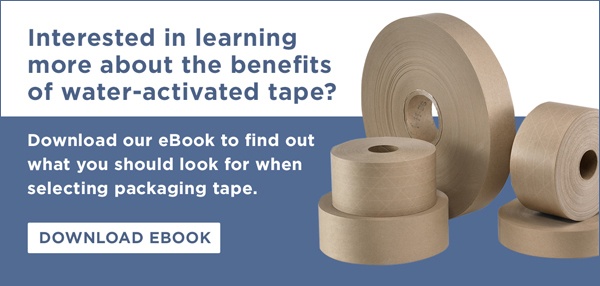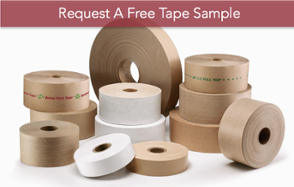The online furniture market is growing rapidly. In fact, according to eMarketer, U.S. ecommerce sales of furniture and home furnishings will exceed $50 billion this year. While those sales are a small percentage of overall retail ecommerce, the furniture category is growing faster than any other at over 18 percent. What’s driving that growth? A couple things.
Technology is one contributor. Advances in computer monitor display quality, website capabilities, and other factors make it easier for consumers to “see” a product and be comfortable purchasing it online. The other enabler of online furniture sales growth is improvements in shipping processes. Leading retailers are learning important lessons about how to package and ship their product so that it not only arrives safely, but also increases brand awareness and enhances the company’s reputation.
The Challenges of Shipping Furniture
There are many factors that make shipping furniture a challenge, including:
- ✔ Size. Many pieces of furniture are large and not easily packaged.
- ✔ Shape. Items like a tall lamp with a large base and head require unique cartons.
- ✔ Weight. Many pieces of furniture are heavy and this must be considered when packaging them.
- ✔ Fragility. Features like the slender legs on a stylish nightstand or the detailed woodwork on a chair back make protection from damage more problematic.
- ✔ Multiple components. It is helpful if a piece of furniture can be broken down into smaller components, but then you face questions about whether to pack the pieces in one box or multiple boxes.
How you address your packaging challenges can have a significant impact on profitability for a number of reasons. First, the more efficient your packaging process is, the less it costs you in labor and the more revenue that goes to your bottom line. Also, ensuring that items arrive undamaged is key to avoiding the time and expense of handling returns.
Plus, the packaging decisions you make can affect shipping costs. You need to protect your product, but excessive packing material can affect the weight of a carton. Finding the right balance is crucial.
“How you address your packaging challenges can have a significant impact on profitability for a number of reasons.” TWEET THIS
Why Water-Activated Tape Should Factor into Your Packing Process
Water-activated tape (WAT), also known as paper tape, gummed tape, and Kraft tape, is unique in its ability to help you meet all the objectives of furniture packaging. Here’s why:
- ✔ WAT is strong. When applied to the surface of a carton, WAT creates a physical bond with the material, essentially merging with it. Other forms of tape do not do this. That strong seal is your best bet for preventing the in-shipment opening of a box and damage to the product inside.
- ✔ WAT is easy to apply. Using a water-activated tape dispenser, your packaging team can apply a strip of WAT in seconds, smooth it down, and move on to another package. The adhesive will work its magic to rapidly bond with the carton’s surface.
- ✔ WAT provides a professional appearance. If you use other forms of tape, effectively sealing a shipping carton may require multiple strips. One strip of WAT is all you need to seal a package, meaning the shipment will look neat and professional when the customer receives it.
- ✔ WAT can be branded. Your logo, tagline, and other elements of your branding can be printed on paper tape. That added visibility can help increase awareness, help you stand out from other online furniture retailers, and grow sales.
- ✔ WAT can deter theft. Other forms of tape are more susceptible to a thief pressing down on the top flaps of a carton, gaining access to the contents, and then letting the flaps spring back into place. This leaves you, the shipper, and the customer wondering at what point items were stolen. WAT’s tamper-evident seal gives thieves second (and third!) thoughts about trying to get into a carton.
A Packaging Upgrade That Pays Dividends
Switching to WAT is about more than getting a better form of tape. It’s about getting better financial results. You may not see that initially as you look at a carton sealed with that one clean strip. But over time, your books and the feedback you get from shippers and customers will tell the story. And, making the switch is easy. You simply purchase one or more water-activated tape dispensers and rolls of WAT, and you are on your way to more effective packaging.
If you have questions about our water-activated tape, water-activated tape dispensers, and other products, please contact us at your convenience.
If you have questions about our water-activated tape, water-activated tape dispensers, and other products, please contact us at your convenience.










